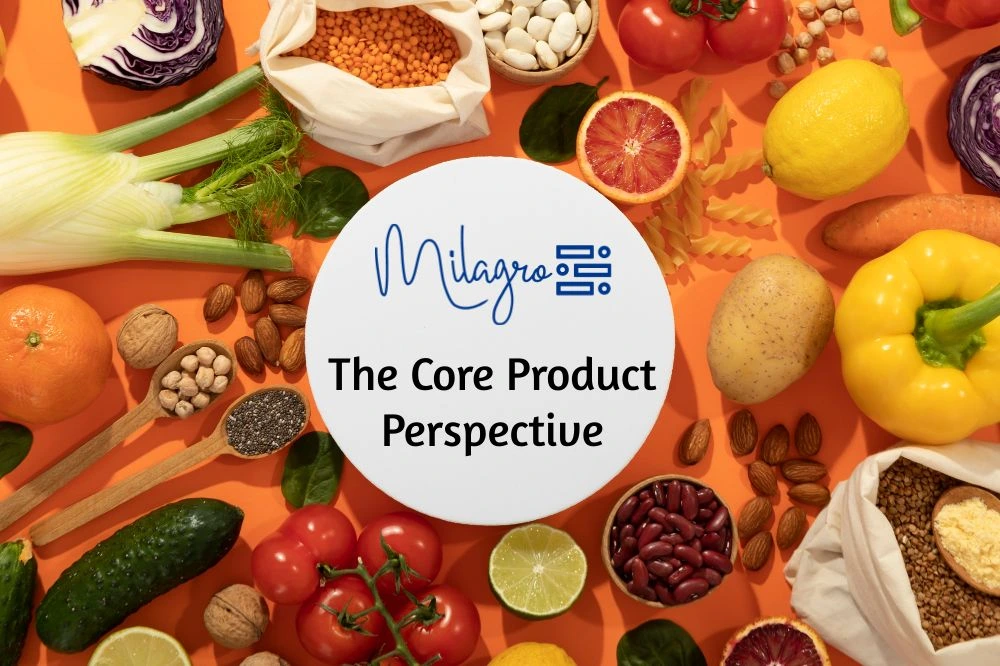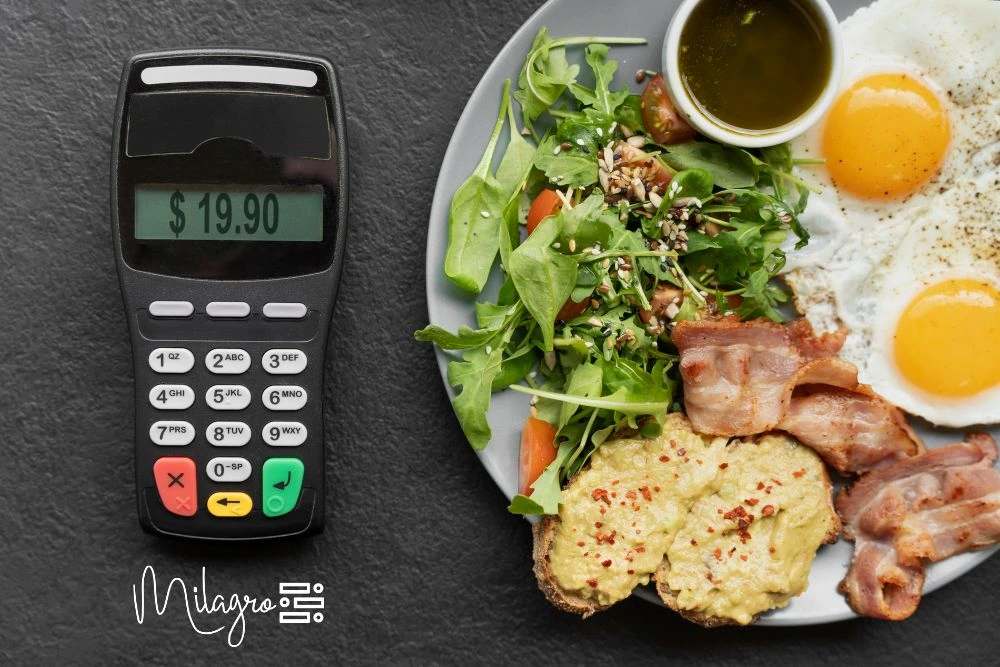Introduction
For restaurant owners, managing food costs is a perennial challenge. The ever-fluctuating prices of ingredients coupled with the battle against spoilage can steadily erode profit margins. But what if we told you that fixating on saving a few pennies on food expenses might not be the best approach? In this blog post, we’re going to explore why it’s time to shift your focus from penny-pinching to more strategic approaches in handling food costs.
The Core Product Perspective
 It’s natural to want to cut costs and maximize profitability. However, the danger lies in becoming overly fixated on saving pennies on food expenses. While being budget-conscious is crucial, it’s equally important to recognize that there are more impactful strategies to enhance your restaurant’s financial health.
It’s natural to want to cut costs and maximize profitability. However, the danger lies in becoming overly fixated on saving pennies on food expenses. While being budget-conscious is crucial, it’s equally important to recognize that there are more impactful strategies to enhance your restaurant’s financial health.
It’s vital to remember that food is your restaurant’s core product. Pinching pennies on something that defines your establishment’s essence is counterproductive. Instead, prioritize delivering a remarkable dining experience, which, in turn, will drive higher sales and profitability.
Food is the heart and soul of your restaurant. It’s what brings customers through your doors and keeps them coming back. Cutting corners on the very essence of your establishment doesn’t align with creating a remarkable dining experience.
Elevate your restaurant’s profitability with our proven strategies.
High Food Costs
 Before delving into solutions, let’s acknowledge the three major challenges faced by most restaurants: high food costs, razor-thin profit margins, and labor-related predicaments. While each presents its unique set of hurdles, today we’re focusing on the food cost dilemma and proposing a fresh perspective.
Before delving into solutions, let’s acknowledge the three major challenges faced by most restaurants: high food costs, razor-thin profit margins, and labor-related predicaments. While each presents its unique set of hurdles, today we’re focusing on the food cost dilemma and proposing a fresh perspective.
Ingredient prices are notorious for their volatility, and combating spoilage is a constant battle. While it’s important to manage expenses, obsessing over minor savings might not be the best use of your time and resources. There are more effective strategies that yield greater returns.
The Power of Topline Revenue
 Now, let’s redirect our focus towards a transformative strategy for improving your restaurant’s financial outlook: increasing your sales.
Now, let’s redirect our focus towards a transformative strategy for improving your restaurant’s financial outlook: increasing your sales.
Instead of obsessing over minor savings in food costs, shift your focus to increasing your top-line revenue. If you increase your revenues from $650,000 a year to a million dollars a year, guess what? It doesn’t matter if your food cost is 30% or 33%. In fact, you can afford to invest in better-quality ingredients and still make more money.
Reduced Food Waste
With increasing sales, food waste naturally decreases. More customers dining in and ordering takeout means fewer opportunities for ingredients to spoil. This reduction in food waste benefits your bottom line.
Amplified Purchasing Power
As your restaurant’s sales surge, your purchasing power surges in tandem. This allows for better negotiations with suppliers, access to bulk discounts, and sourcing higher-quality ingredients at more reasonable prices. This newfound bargaining power can easily offset any minor fluctuations in food costs.
Augmented Profits
Consider this scenario: your restaurant’s annual sales grow by $150,000, leading to an additional net profit of $105,000 per year. Suddenly, a 30% food cost doesn’t seem as formidable, does it? You’re not merely saving pennies; you’re generating substantial revenue.
With higher revenues, you can absorb the fluctuations in food costs. No need to pass those costs onto your customers through price increases or, worse yet, let them eat into your thin profit margins. You’re making enough money to weather those changes.>
Conclusion
It’s time to shift our perspective on managing food costs in restaurants. Instead of fixating on minor savings, consider the power of sales growth. By focusing on increasing revenue, you naturally reduce food waste, gain more purchasing power, and ultimately, enjoy higher profits. Let go of the penny-pinching mindset and start making substantial financial strides in your restaurant’s success story.
By prioritizing top-line revenue, you not only enhance your restaurant’s profitability but also naturally address food costs. Whether your food cost is 30%, 28%, or 33%, you’re in a perfectly fine range. So, let’s focus on what truly matters – delivering exceptional food and experiences to your customers, all while ensuring a healthy bottom line for your business.
Unlock valuable information by reading our blog restaurant fees challenges solutions.




